Toyota Highlander Sport Review
Sir Isaac Newton had a ninth law: all vehicles must gain mass with each passing generation. I know, I know: safety regulations, usable third row, American tastes, yada yada yada. And it’s true that the new, bigger Toyota Highlander exacts no fuel efficiency penalty for its extra height, width, length and weight. Even so, has the new Highlander lost something, as Toyota moves further and further away from cheap and cheerful towards pricey and ponderous?
The original Highlander’s bland sheetmetal made the Camry-on-stilts a sort of anti-Xterra for urban worriers. For reasons lost in the mists of machismo, the new Highlander has morphed into a CUV with a ‘tude. Not only has the model gained mass, it now bristles with malice. “Angry eyes” headlights combine with a Tundra-like raked windshield and bulging hood to create a vehicle that dares you to call it a cute ute.
The sheetmetal landscape is dominated by cartoonish, chunky features, from heavily indented side panels, to huge gaps in the wheel wells, to an immense block of grey plastic stretching right across the Highlander's posterior embossed with the word HIGHLANDER. In case you were wondering.
The Highlander’s interior is only slightly less manic. The previous cabin’s plain, po-faced layout constantly reminded its occupants they were flying economy class. The new model draws the top half of the dash downwards for a more business-like look, and then sprinkles spizzarkle throughout. The chrome-ringed cowls housing the main gauges set the theme: artsy “design” and electronic affectation over genuine quality and ergonomic excellence.
The Highlander’s plastics all look decent enough; some even boast fake grains and sophisticated textures. But they're harder than frozen pizza. You could cut your hand on the sun visor’s plastic flange, a sharp-edged hangover from a lackadaisical molding process. The Highlander’s cardboard egg carton headliner is the worst I've seen in a new car since fat Elvis roamed Las Vegas. The seatbacks are covered in a flocky "carpet" cloth that belongs in the triangular love nest of a ‘70s-era powerboat.
The soft-roader’s fit and finish is simply appalling. Some of the Highlander’s door panel's plastic pieces were so badly misaligned I assumed they were an homage to cubism. (They’re not.) Other than some handsome buttons on the dash that embody [what we traditionally think of as] Toyota quality, the Highlander is a riot of impoverished thinking AND execution.
As a people schlepper, the Highlander regains lost ground. The middle row is commodious, with easy ingress and egress. The trick center console detaches entirely and slides into a storage compartment. The third row is the main beneficiary of the Highlander’s growth. While the seat cushion is five inches from the floor, there’s now sufficient space for genuine adults. As long as you don’t mind having your knees at chin height, you’re good to go. For an hour or so.
As part of its move upwards (outwards?), the Highlander’s easily overwhelmed four-cylinder mill has been banished. As the standard 3.5-liter V6 kicks-out 270 horses and 248 ft.-lbs. of twist, sloth is no longer an option. The front wheel-drive Highlander can now motor from rest to 60 mph in an entirely respectable (especially for its size and weight) 7.6 seconds, growling most agreeably in the process.
Otherwise, the engine is supremely quiet and refined. Unfortunately, the five-speed automatic ain’t up to the job. Even with all-wheel drive, torque management is a major problem. Press on and the Highlander’s cog swapper hunts for gears. Meanwhile, the Sport-suspended Highlander jitters and shakes like an espresso addict. Spirited driving also dings the Highlander’s fuel efficiency, which [officially] clocks in at 17/23.
A few moments behind the wheel of the Highlander and you’ll know that Toyota’s chassis gurus have sacrificed all possibility of dynamic satisfaction to the gods of Novocain. The steering is light enough to turn with your eyelashes (closed course, professional driver), yet so slow your mind tends to drift before a major change of direction can be achieved. The brakes are effective enough, but so soft in their operation you expect to hear a pneumatic exhale when you’re done. Even in the "sport" variant, body roll is as bongo board bad.
Driving, schmiving. The new Highlander has all the features American crossover buyers have come to expect: alphabet soup safety technologies, supersized cup holders, [optional] DVD entertainment, power points aplenty, a backup camera and a nearly functional third row. While the plethora of electronic gizmos raises doubts about long term ownership costs, reliability has become less of an issue in consumers’ minds.
And there you have it: the reason Toyota has supersized the Highlander. The automaker knows its own growth depends on playing the American way, where bigger is better and more is more. The strategy puts Toyota’s soul at risk, but the buyer has spoken. As the new Highlander indicates, Toyota’s listening.
Latest Car Reviews
Read moreLatest Product Reviews
Read moreRecent Comments
- Tassos So Tim believes that if you steal an item (here, CONDOMINIUM ASSOCIATION ELECTRICITY) priced less than a certain amount, you should be allowed to do so with no consequences. He is lucky some litigious Condo Board member did not SUE HIM. I bet they wanted to, but knowing he is destitute, their lawyer discouraged them from doing so.
- Bd2 Ultimately, it comes down to price/whether it makes financial sense for buyers (right now, BEVs just aren't there, even with the tax credit). HEVs are finally seeing their place in the sun, decades after being a niche market; this is due to premium for HEVs having narrowed significantly with pure ICE, whereby buyers can recoup that after 2-3 years of ownership.
- MaintenanceCosts I've experienced three cars that were the first year of the model. The two I bought (first-off-the-boat 2004 TSX and midyear 2006 Civic) were both Hondas and were both flawless. The other one was my ex-stepmother's 1990 Land Rover Discovery. It was one of the very first Euro-spec models, a two-door with an asthmatic carbureted 3.5L V8 and a five-speed manual. Every part of the car broke at some point, including things like hatch hinges that really shouldn't break. It turned her off Land Rover forever, and her cars since have all been Subarus.
- MaintenanceCosts When I was living with my Bolt in a rental condo and charging from 120V in the garage, as soon as the association figured out what was happening, they asked me to pay $30 a month to cover the cost. That's pretty close to what I was using so I had no issue with it.
- SCE to AUX I've had mixed results with first-year cars:71 Pinto - good. 85 LeBron GTS - good. 96 Grand Voyager - good. 02 Passat B5.5 - bad. 05 Odyssey - bad. I also had a last-year car that was terrible (80 Bobcat), but most cars were crap then, anyway.



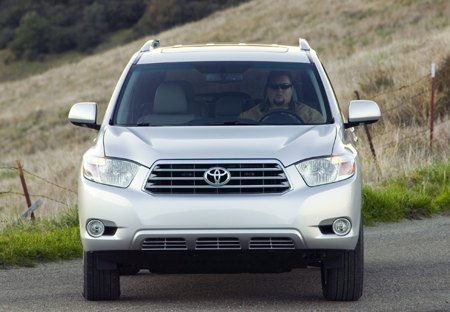



















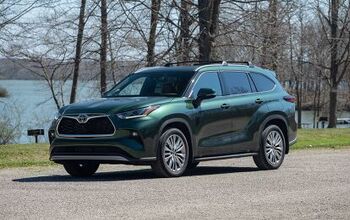
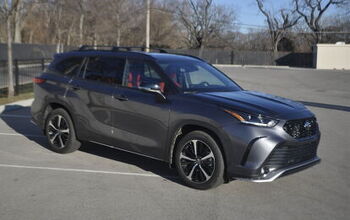
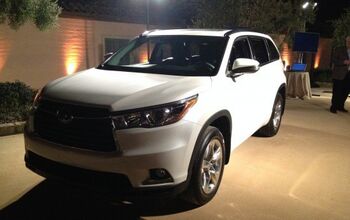
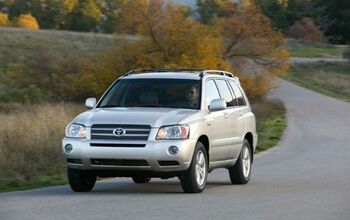
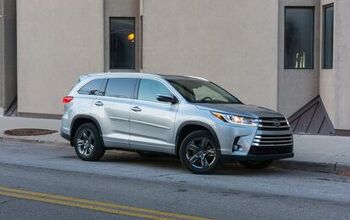

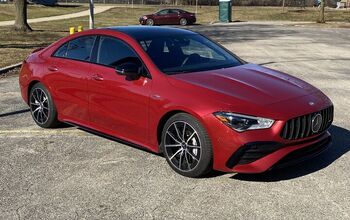
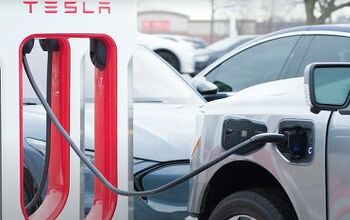


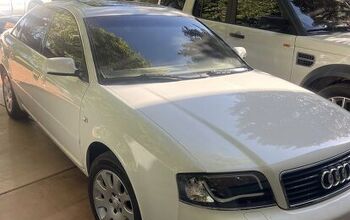
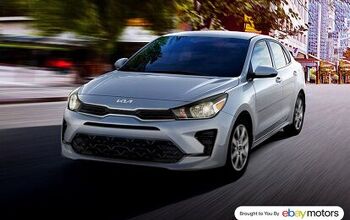
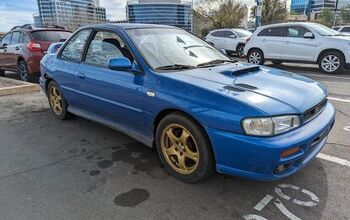
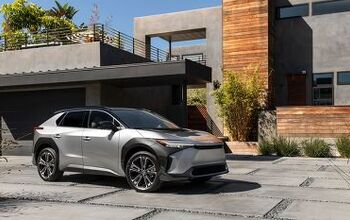

Comments
Join the conversation
jcross22- excellent comment as indeed the XC90 is as good (ok, i think better) than the Highlander, but the DMZ on this review focuses on the fuel economy...XC90 uses premium like its 1999
I suppose time will tell but we've had our awd 2008 for 4 months and love it. We've put 4000 mi on the 28000 that was already there and haven't had any issues. The 17 mpg city is more like 15 from what I've calculated.